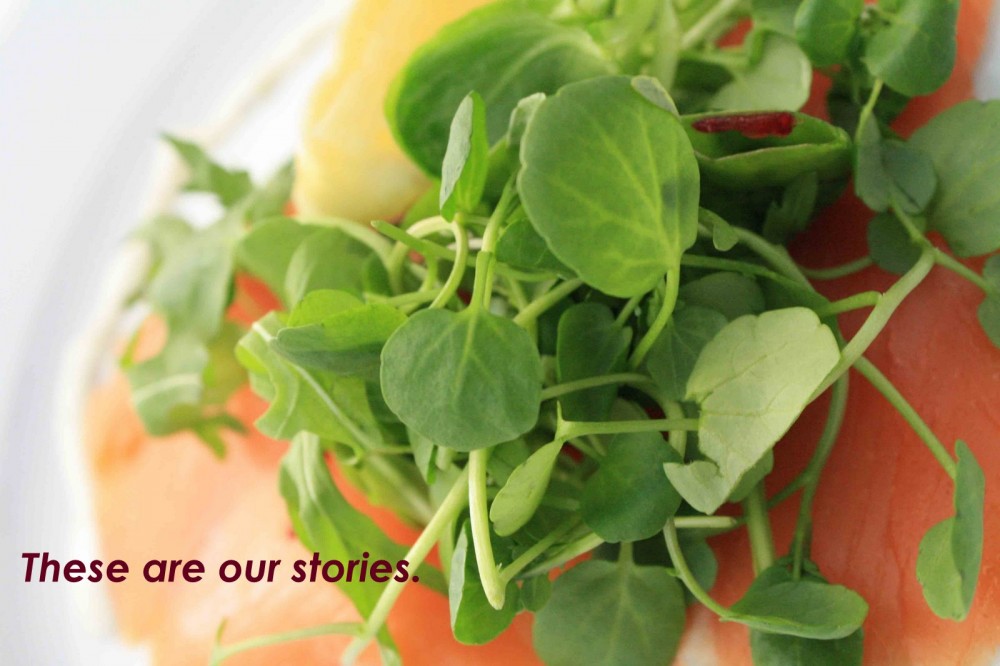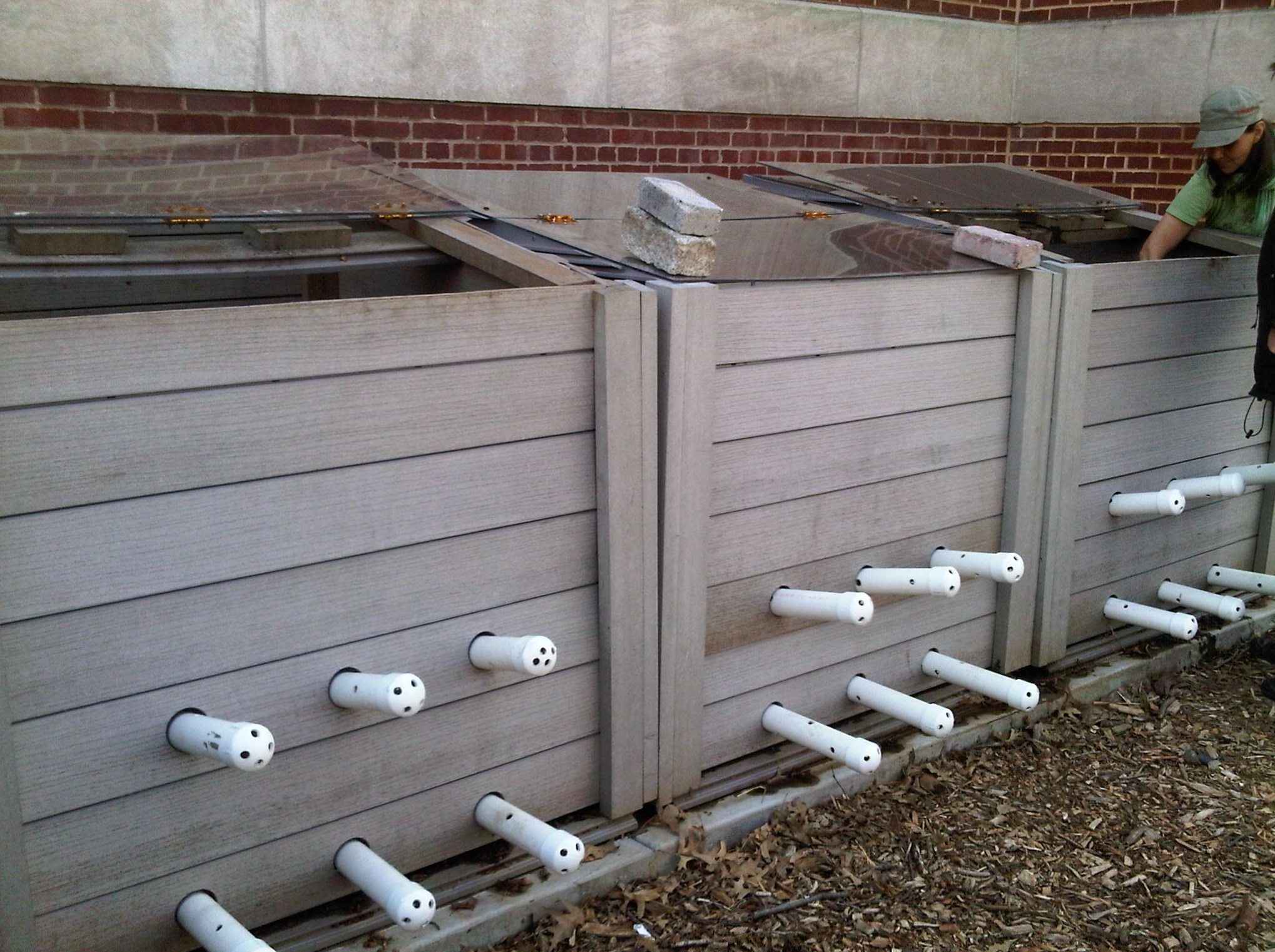As a Chef, I have a love affair with food. Tasting and um quality control makes it almost impossible to diet. If you think managing your weight is tough, imagine if your job was to spend all day cooking, thinking about, and tasting food. A chefs lifestyle makes it difficult to eat well. Youre never really off when you get to a certain level, especially when you own a restaurant, and especially one that specializes in high-volume catering. Over the past couple of years, I have packed on about 60 pounds stemming from tasting, cooking, late night eating after an 18 hour day, stress, and fatty foods with my kids.
I have beliefs on how people should eat to get the most of their food. Unfortunately, I have not followed it myself whole heartedly. When you are a cook, you tend to worry about others and forget yourself. Now it is time to walk the talk.
My food philosophies are:
· * Forget low-fat and low-carb, but good fats and good carbs.
· * Consuming food that I know where it comes from and what was done to it.
· * Mostly vegetables and fish with an occasional meat on celebratory occasions.
· * Alkaline, Alkaline, Alkaline (high).
· * My only beverage being water, infused waters (coffee & tea included), & watered down fruit juices.
· * No processed food. Period.
· * Chewing, chewing & more chewing (slow down!).
· * 3 Meals, 2 Snacks.
· * No eating past 7 pm (Ugh).
Thinking about sugar and fat consumption not in terms of calories but in terms of where and how it came about was key to making my decision and I invite you along to track my progress. All feedback is welcome!
Current Stats: Weight: 277
Waist: 44
Chef Edward Sylvia

